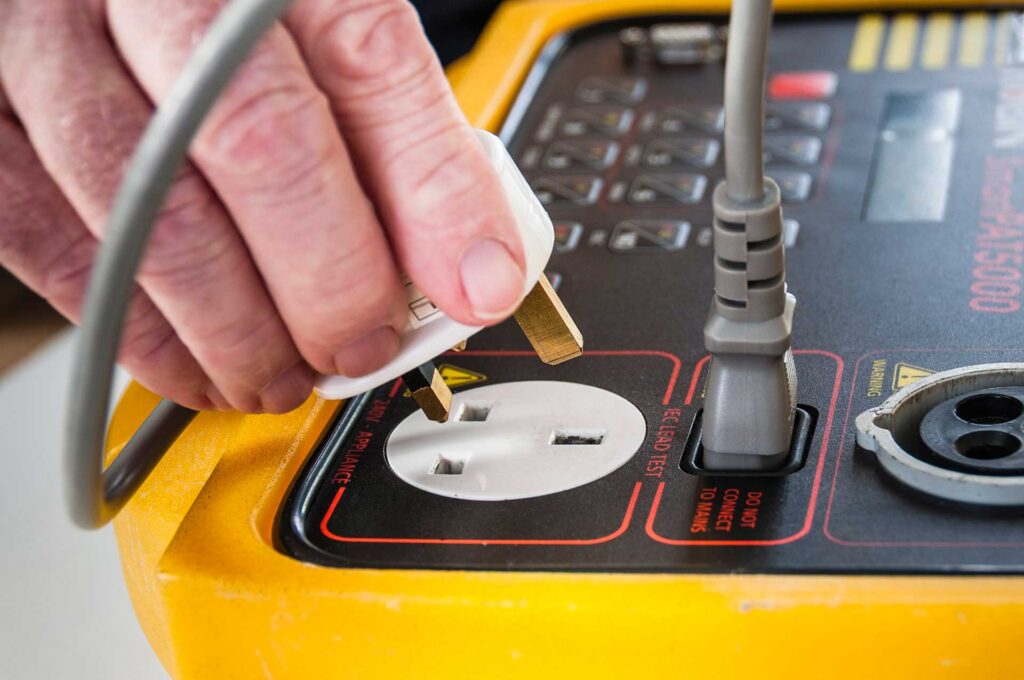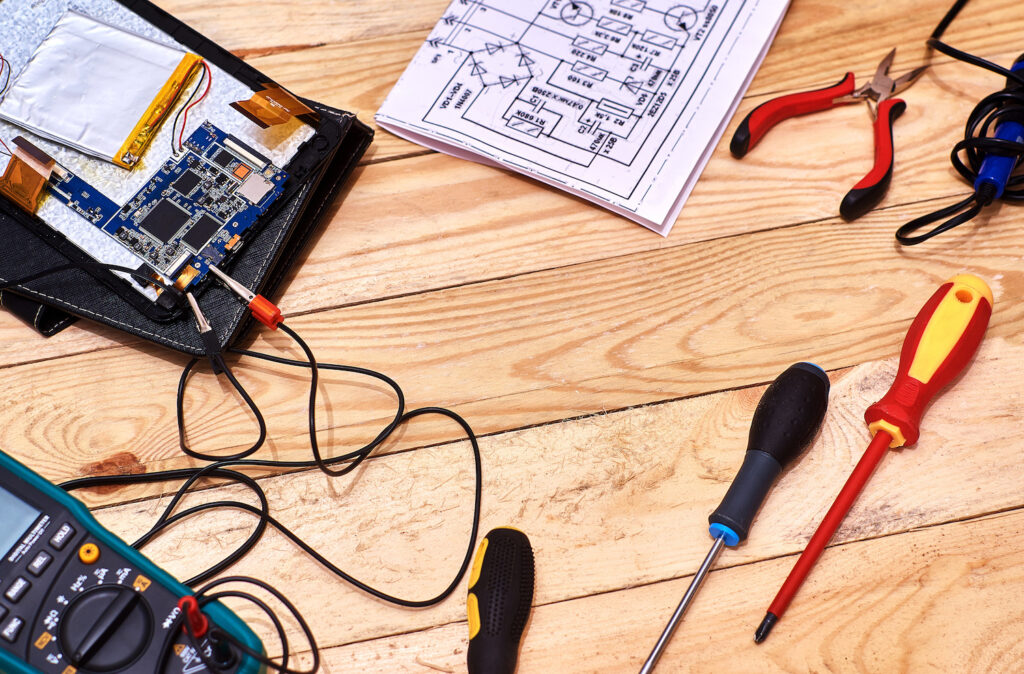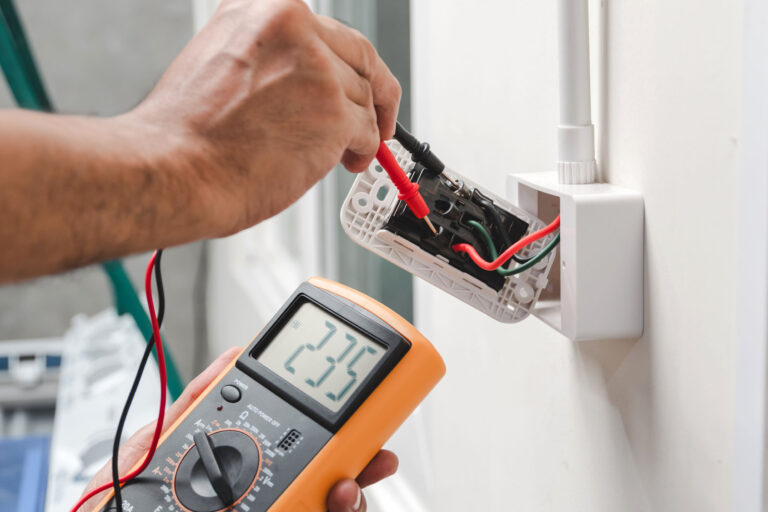Portable Appliance Testing (PAT) is a critical step in the quality assurance process for portable appliances. Not all portable appliances are created equal, and it’s important to test them to ensure that they meet your specific needs and expectations. In this article, we’ll take a look at the legal requirements for PAT testing and show you how to meet them.
What is PAT Testing?

Portable Appliance Testing (PAT) is a process by which the safety of portable electronic equipment can be assessed. It is also known as “portable power assessment”. A PAT test is used to determine if a portable electronic device meets specific safety requirements that relate to electrical and mechanical properties.
In order for a PAT test to be conducted, this device must first be evaluated and approved by an accredited testing laboratory. Once the device has been approved, it will then be tested according to specific safety requirements. These requirements may include fire resistance and shock resistance.
PAT testing is important because it helps ensure that portable electronic devices are safe to use. By testing the devices before they are sold, consumers can be sure that they are purchasing a safe product.
What are the Legal Requirements for PAT Testing?
Portable Appliance Testing (PAT) is a mandatory compliance testing procedure for certain commercial and industrial portable appliances. The specific requirements for PAT testing depend on the jurisdiction in which the appliance will be used. In general, however, PAT testing is required for products that are classified as Class I, II, or IIIb hazardous waste.
The requirements for PAT testing vary depending on the type of product being tested. For example, Class I products must meet specific electrical safety standards, while Class IIIb hazardous waste products must meet specific environmental safety standards.
In order to ensure that your product meets the legal requirements for PAT testing, please contact your local hazardous waste disposal authority to find out more information.
What are the Different Types of PAT Testing?

There are many types of portable appliance testing, but some common ones include: cold start testing, continuity testing, short circuit testing, over-current testing and power factor testing. Each type has its own specific requirements that must be followed in order to properly conduct the test.
– Cold start testing. A cold start test is necessary to ensure that a portable appliance will start up correctly when it is used in a specific environment. This test may require the use of a cold temperature or a low wattage level.
– Continuity testing. A continuity test verifies that electrical connections between the portable appliance and the power source are intact. This test may be necessary if the portable appliance has been dropped or if it has been moved from one location to another.
– Short circuit testing. Short circuit testing is used to detect any damage that may have been done to the electrical system by an accidental short circuit. This test may be necessary if the portable appliance was used in an area with high levels of electricity.
– Over-current testing. An over-current test detects any excessive current flow through the electrical system of the portable appliance. This test may also be necessary if the portable appliance was used in an area with high levels of electricity.
– Power factor testing. A power factor test verifies that the electrical system of the portable appliance is operating at its optimal level.
What are the Benefits of PAT Testing?

PAT testing is a process of assessing the safety and reliability of portable electronics equipment. The benefits of PAT testing include:
- Improved product quality and safety.
- Reduced warranty claims.
- Increased customer satisfaction.
- Reduced downtime and decreased costs associated with product malfunctions.
How to Obtain PAT Testing?
There are a few things you’ll need in order to obtain PAT testing:
– A PAT permit from your local municipality.
– The appropriate testing equipment.
– Someone who can operate the testing equipment.
Once you’ve gathered all of the necessary items, here’s how to go about performing your PAT test:
- Obtain a PAT permit from your local municipality. Your municipality will require you to submit an application and pay a fee for the permit.
- Contact a certified PAT tester and find out what type of testing equipment they require. You’ll want to make sure that the equipment you bring is capable of performing the specific tests required by your municipality.
- Arrange to have the testing equipment delivered and set up by a certified PAT tester. Make sure to get the name, address, and phone number of the tester so that you can contact them if there are any problems with the test.
- Once everything is set up, perform the tests as directed by your certified tester. Be sure to record each step of the test process so that you have a clear record of what was done.
What to Do if an Out-of-Date Product is Found on Your Product?

If you have a product that is over a year old, the manufacturer may not have released a newer model yet. In this situation, you may need to take the product to an authorized service center to have it repaired or replaced. Before taking your product to a service center, be sure to check the manufacturer’s website for updates on new products, as the organization may have released new models since your product was produced. Additionally, you should contact the service center and inquire about their policy on out-of-date products. Some service centers will allow you to bring in your older product for repair or replacement, while others may not.
Conclusion
Today, there are a number of portable appliance testing devices on the market that allow businesses to test their appliances for defects. However, before you can use one of these devices in your business, you will need to understand the legal requirements that apply. By understanding these requirements, you can ensure that your business is compliant with all the relevant laws and regulations.
